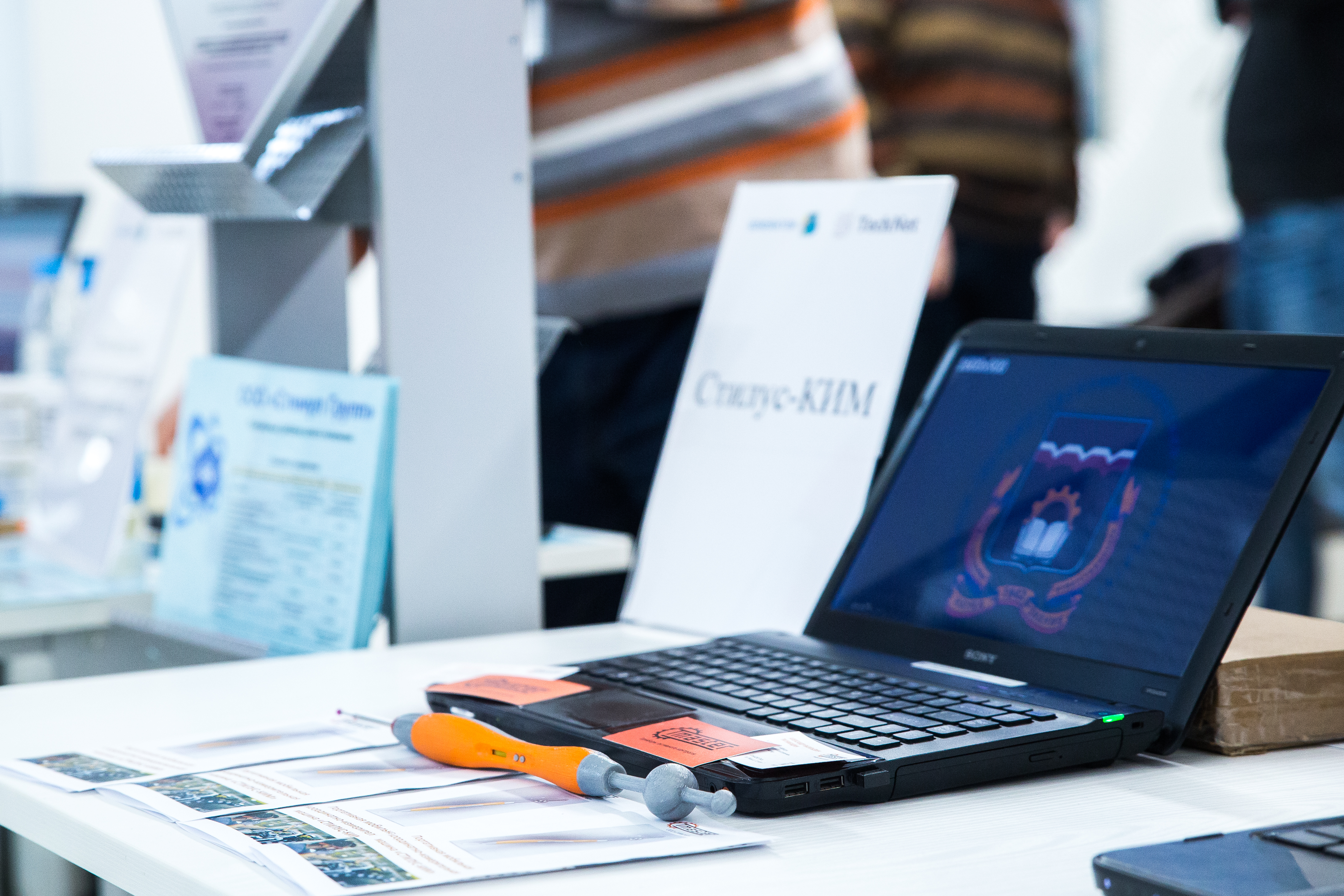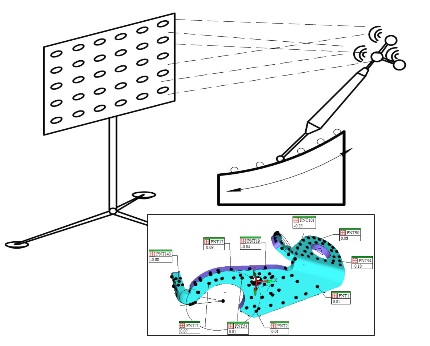As an innovative company from Omsk trying to solve the problems of measuring parts

The idea of creating your own device that would perform the functions of coordinate measuring machines (CMM), and would be mobile, arose when the developer faced a number of problems associated with stationarity and a large number of mechanical components that hampered the operation of metal-cutting equipment and significantly slowed down the measurement of parts during his work time. To this end, a competitive and patent research was conducted on existing developments in the market.
The main purpose of the STILUS-KIM device is to digitize the geometry of parts of any complexity in the course of their production in a short time and to compare it with an ideal 3D model. The process itself takes place as follows: first, we calibrate, touching the reference sphere, installed next to the measured part. Then, to measure a part in a limited space, having tied it to the coordinate system on the base surfaces, we compare the obtained touch points on the surfaces with the virtual model of the part. Usually, it is enough to measure 2-3 basic surfaces to bind the 3D model in space to the part. The measurement accuracy ranges from 10 μm to 100 μm, depending on the measured length. If a nominal part diameter of 10 mm is measured with a tolerance of +0.1 mm, then all dimensions from 10.0 to 10.1 - included in this interval are considered valid.
“Our main task is to make the STILUS-KIM device as simple and convenient as possible during operation, so we made it in the form of a pen, with the ability to control the measurement results from a tablet or smartphone,” notes Alexander Tignibidin.
The main differences between the device and laser measurements with auto-homing and a 3D scanner are that the mechanical elements in it are minimized, the only moving part is the contact sensor. The main intellectual component of the project is a mathematical model for determining the handle in space.
')

The main demand in the market of measuring devices is created by the companies of the engineering and manufacturing industries, it is for them that the verification of the dimensions of the parts, as well as the speed of this operation, is very important. This is quite an important point, because usually this process takes from 8 hours to 1.5 days due to removing the part from the machine and measuring it in the laboratory using stationary CMMs.
Source: https://habr.com/ru/post/371427/
All Articles